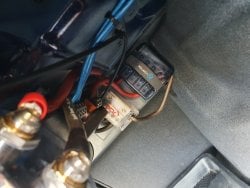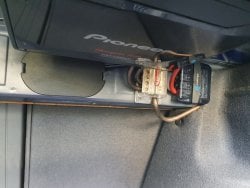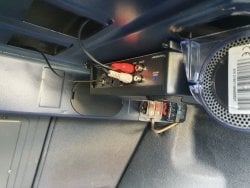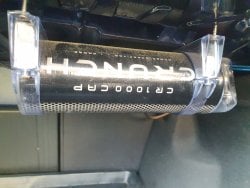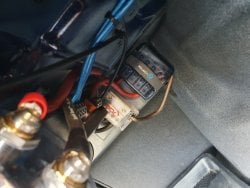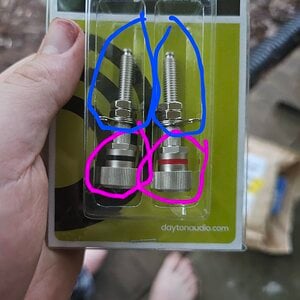Hello everybody and sorry for my english i am from Europe. I buy a new car with an audio installation in. There is in the trunk a capacitor, an amplifier and a sub. I notice that the light of the capacitor stay always on. There is 2 lights and a voltage indicator who stay at 0v. The capacitor is a crunch cr 1000 cap. I notice that there is a sort of box at the end of the wire of the capacitor and the amplifier. I don't understand what's in. My probleme is that do you know if the light on in my capacitor can broke my battery ? I close the car and let my phone filming inside. The lights stay always on even with the trunk and the car closed. Do you know how i can disconnect this capacitor ?
Thanks you all for your help
Thanks you all for your help

